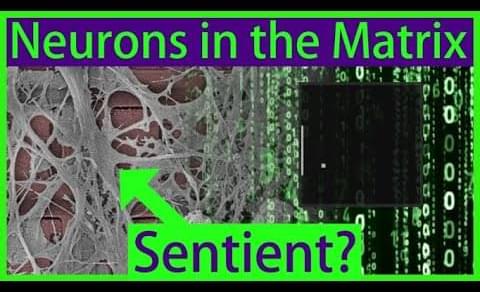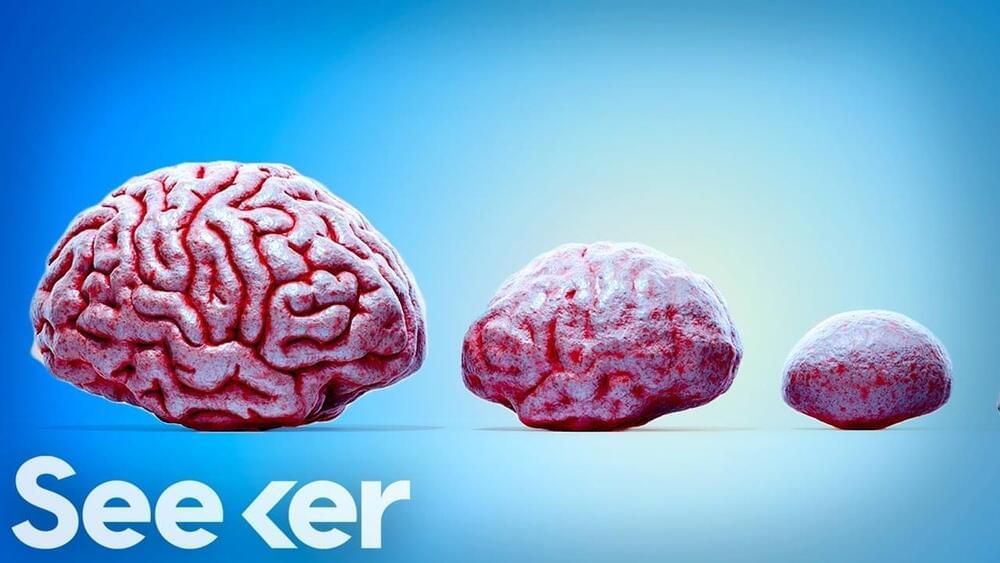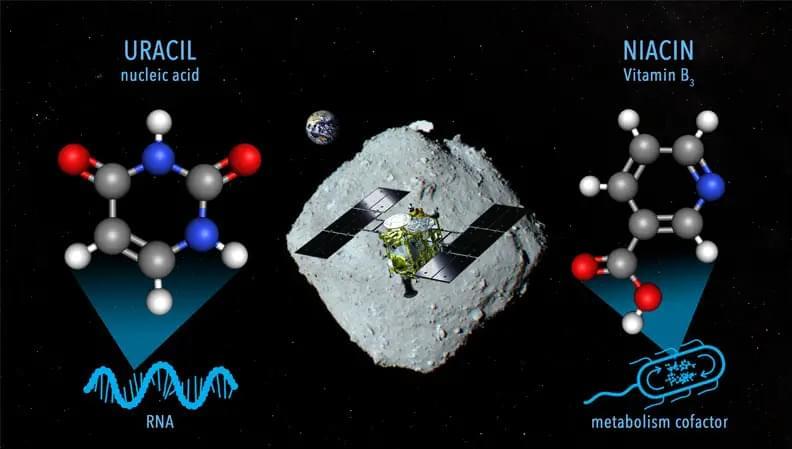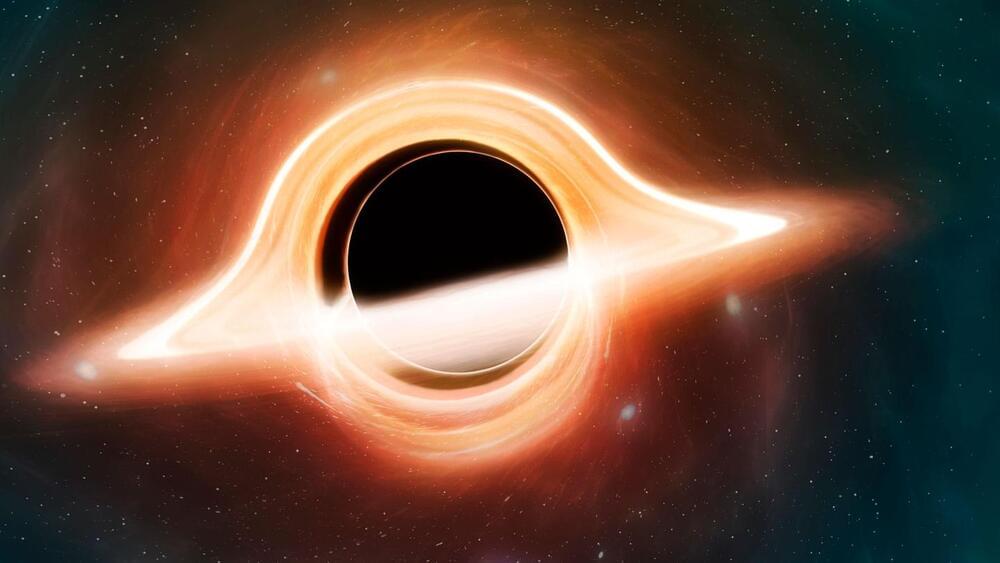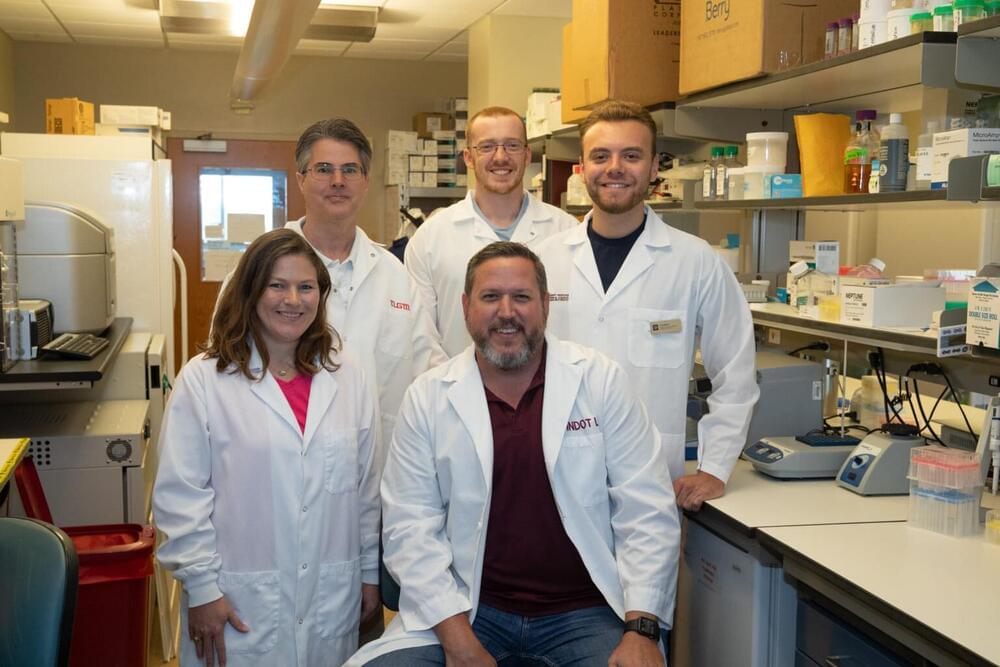A leading neuroscientist claims that a pong-playing clump of about a million neurons is “sentient”. What does that mean? Why did they teach a lab-grown brain to play pong? To study biological self-organization at the root of life, intelligence, and consciousness. And, according to their website, “to see what happens.”
CORRECTIONS/Clarifications:
- The cells aren’t directly frozen in liquid nitrogen — they are put in vials and stored in liquid nitrogen: https://www.atcc.org/products/pcs-201-010
- The sentience of some invertebrates, like octopuses, is generally agreed upon. Prominent scientists affirmed non-human consciousness in the Cambridge Declaration on Consciousness: https://philiplow.foundation/consciousness/
DISCLAIMER: The explanations in this video are those proposed by the researchers, or my opinion. We are far from understanding how brains, or even neurons, work. The free energy principle is one of many potential explanations.
Support the channel: https://www.patreon.com/IhmCurious.
Footage from Cortical Labs: https://www.youtube.com/watch?v=neV3aZtTgVM
NASJAQ’s interview with founder Hon Weng Chong: https://www.youtube.com/watch?v=Y1R5k5QWPsY
Cortical Labs website: https://corticallabs.com.
Full paper on DishBrain: https://www.cell.com/neuron/fulltext/S0896-6273(22)00806-6
